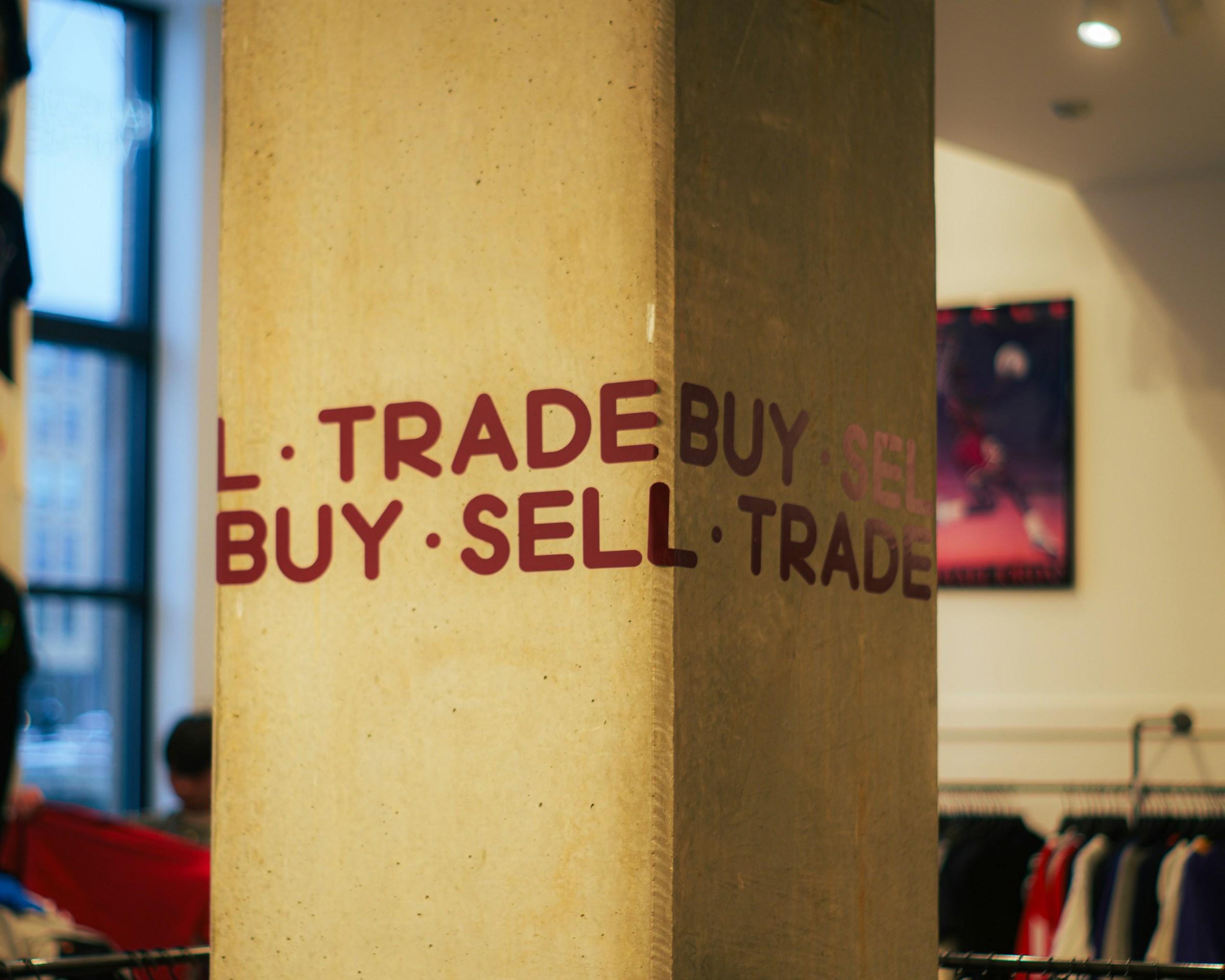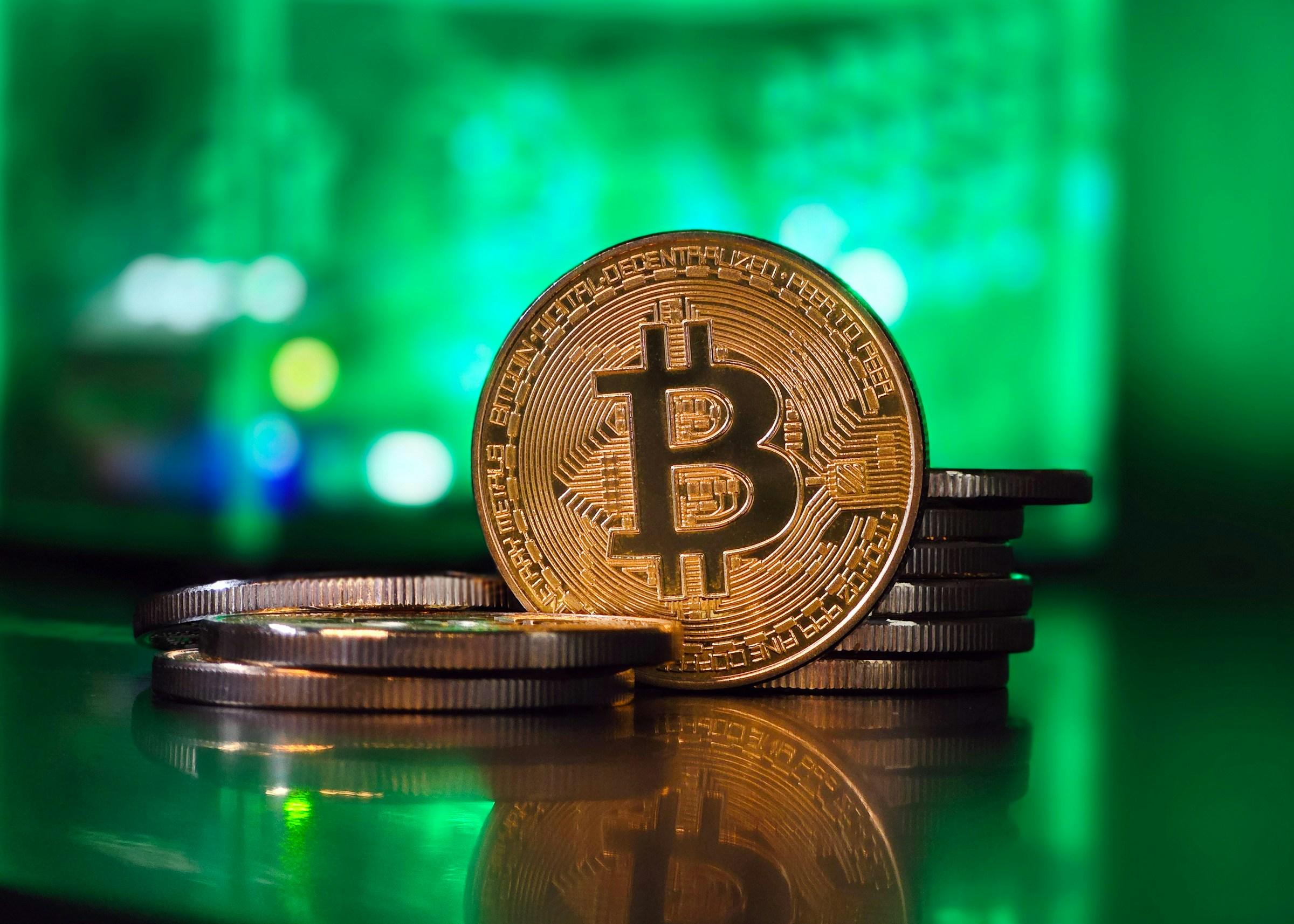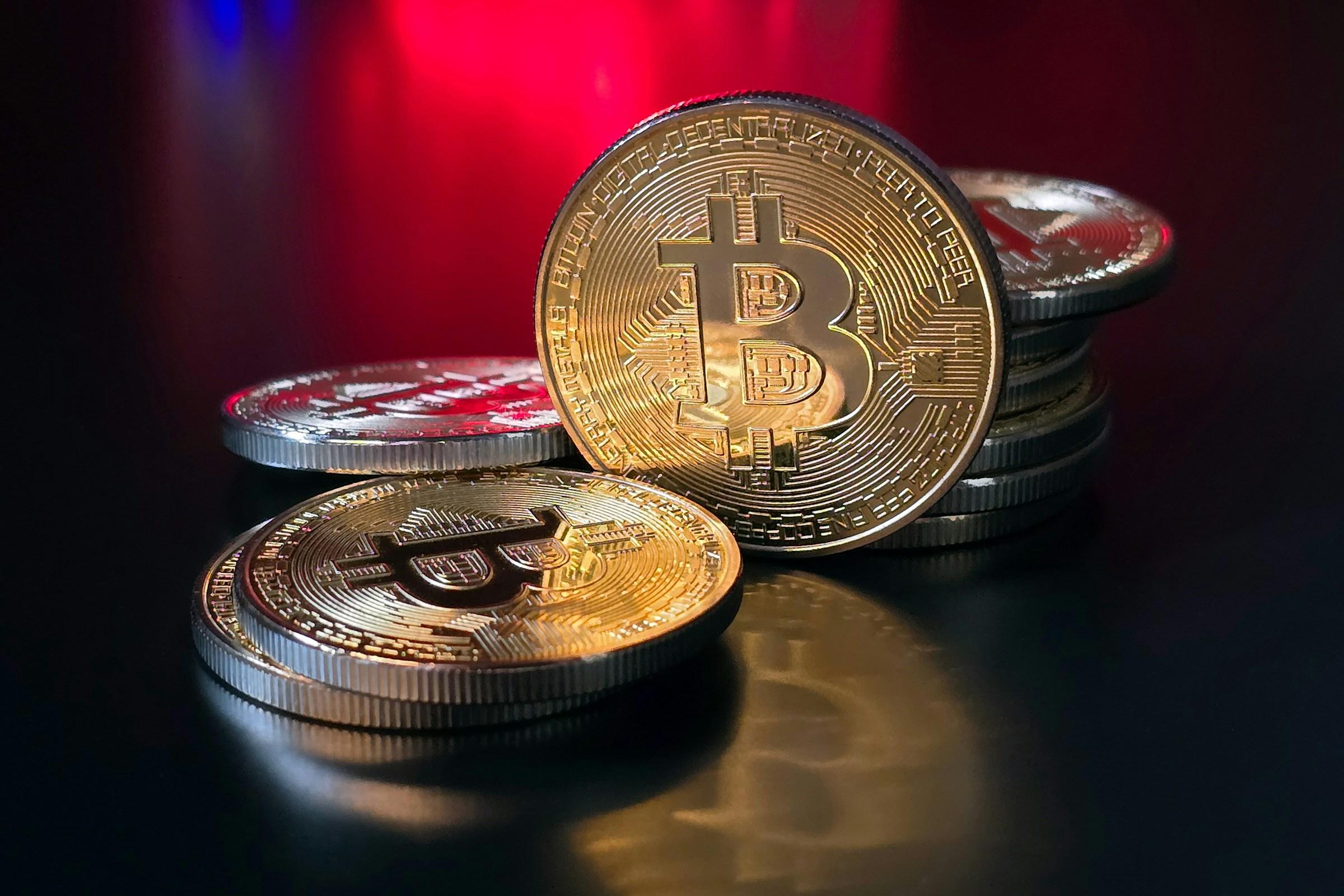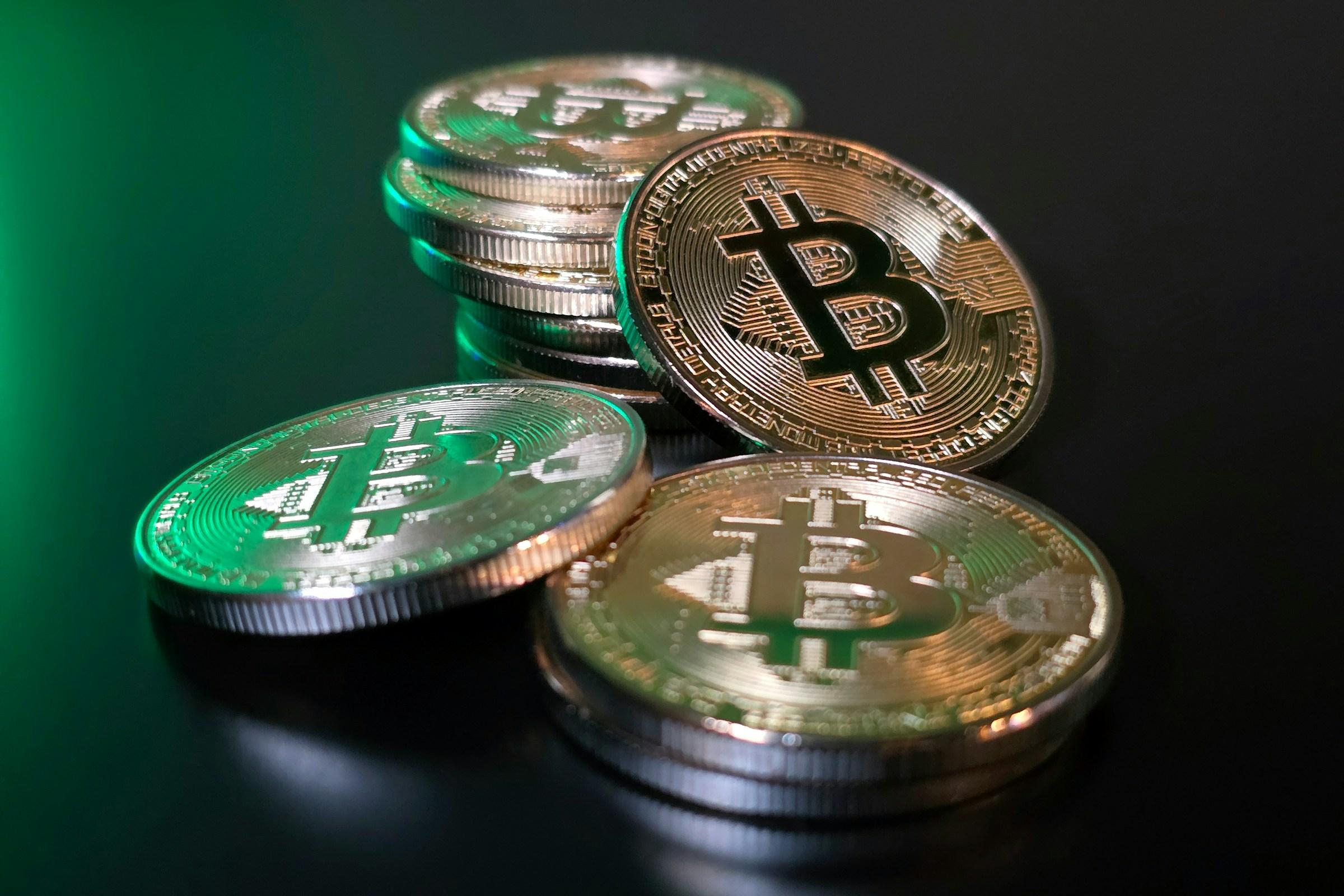Investing in cryptocurrency often feels very different from investing in more traditional assets such as stocks or funds. Prices move rapidly, social media can swing sentiment in hours, and stories of people making or losing huge amounts of money circulate constantly. Learning how to manage risk in cryptocurrency investment is really about cutting through that noise and returning to familiar principles: planning, limits, and discipline. Instead of deciding whether crypto is inherently good or bad, it is more useful to ask where, if at all, it fits into your broader financial life. When you treat it as one tool among many rather than the foundation of your wealth, the risks become much easier to understand and control.
Any thoughtful approach to crypto should start with your overall financial picture rather than with individual coins. Before committing more money to digital assets, it is worth pausing to check whether you already have an emergency fund that covers at least three to six months of essential expenses, whether you are managing high interest debts such as credit cards or personal loans, and whether you are regularly contributing to long term investments in more diversified, regulated products. If these basics are not in place, your financial risk is already high, and adding volatile crypto on top only increases that vulnerability. In that situation, managing crypto risk may actually mean limiting or postponing new crypto investments until your foundation is stronger. You can still learn, study the market, and follow developments, but the real money should be directed towards stabilising your base.
If those foundational elements are in good shape, there is more space to think about how much risk you can take in crypto without undermining long term goals. One useful mental model is to divide your money into three broad buckets. The first is the core bucket, which holds diversified, long term assets such as broad market index funds, retirement accounts, and high quality bonds. This is the quiet workhorse that supports your future lifestyle and should represent the majority of your invested wealth. The second is the safety bucket, which consists of cash and low risk instruments, including your emergency savings and funds earmarked for near term needs such as a home deposit or tuition. This bucket protects your ability to handle surprises and sleep at night. The third bucket is the satellite bucket, where higher risk or experimental ideas live. Crypto usually belongs here, alongside perhaps a few carefully chosen individual stocks or thematic bets.
Because the satellite bucket is intentionally small compared to your overall portfolio, losses inside it do not derail your life. For many people, keeping this bucket in the range of five to ten percent of total invested assets is already fairly aggressive. The exact percentage depends on your income stability, time horizon, and emotional tolerance for volatility, but the key is to decide on a range in advance and to avoid quietly expanding it during market euphoria. Once you have set that range, you can define a maximum acceptable loss in absolute terms rather than just percentages on a screen. If your total investments add up to 100,000 and you decide that at most 10,000 will sit in crypto, it is worth asking yourself how you would feel if that 10,000 fell by 70 or 80 percent during a severe bear market. If such a loss would cause panic, delay major life plans, or push you to sell safer assets at the worst possible time, then the chosen allocation is probably too high. Managing risk is about sizing positions so that even very uncomfortable scenarios are still survivable. Writing down your maximum allocation and loss tolerance creates an anchor you can refer to when emotions start to pull you away from your original reasoning.
Within your crypto allocation, not all portfolios carry the same level of risk. A portfolio that is entirely concentrated in one small, illiquid token is far riskier than one focused on larger, more established coins. Many investors choose to keep the bulk of their crypto exposure in widely traded assets such as bitcoin and ether because these markets tend to have deeper liquidity, more available information, and broader institutional participation. This does not make them safe in an absolute sense, but it can reduce some of the most extreme risks associated with smaller projects. You can also think of your crypto allocation as having its own inner core and satellite structure. The inner core might hold your larger positions in more established coins, while a smaller slice is reserved for speculative projects. If the speculative slice goes to zero, it should hurt, but it should not wipe out your entire crypto portion. This structure protects you from chasing every new narrative and encourages you to act like an investor rather than a gambler.
Time horizon is another critical dimension of risk. Crypto markets can move ten or twenty percent in a single day, and full market cycles often feature drawdowns of seventy percent or more. This level of volatility can only be managed if the money you invest is genuinely long term and not needed for essential expenses in the near future. As a simple guideline, funds that you expect to use within the next five years for non negotiable goals such as housing, education, or a planned career break are usually better kept in safer assets. When crypto is funded from money that you truly do not need to touch for a long while, it becomes easier to tolerate short term swings. Some investors also use regular, scheduled contributions rather than large lump sums to avoid trying to time the market. That approach does not guarantee profit, but it can reduce the stress of picking exact entry points and supports steadier decision making.
Beyond price movements, cryptocurrency carries operational and platform risks that are easy to underestimate. In traditional brokerage accounts, most investors rarely think about the possibility of the platform itself failing. In crypto, how and where you hold your assets is a major part of the risk profile. Using exchanges requires you to evaluate their reputation, regulatory status in your jurisdiction, and security practices. Good habits include enabling two factor authentication, avoiding weak passwords, and being cautious about keeping your entire allocation on a single small or offshore platform. At the same time, moving to self custody through hardware or software wallets shifts more responsibility to you. You gain more direct control over your assets, but you must protect recovery phrases, avoid phishing attempts, and secure your devices. There is no one universally right solution. The appropriate mix depends on your technical comfort and your willingness to maintain security routines. What matters most is that you make conscious choices rather than leaving large sums on platforms or devices without a clear plan.
Regulatory and tax environments add another layer to the risk picture. Different countries treat crypto in different ways, and those rules can change over time. In some places, retail access to certain products is restricted, and in others, tax authorities classify crypto gains differently from traditional capital gains. Not understanding these rules can lead to unpleasant surprises such as unexpected tax bills or compliance issues. You do not need to become an expert, but it is sensible to learn the basics in your own jurisdiction and to pay special attention if you move across borders. For larger portfolios or more complex activity, seeking advice from a qualified professional can itself be a form of risk management, because it helps you avoid decisions that look attractive in the short term but carry hidden obligations.
On top of all these structural elements, two of the most powerful risks sit inside your own behaviour: emotion and leverage. Fear of missing out can encourage you to buy into assets you barely understand simply because they are rising fast. Fear of loss can push you to sell at the bottom, converting temporary price swings into permanent losses. These reactions are deeply human, which means they will always be present. The goal is not to erase them but to contain them. One very effective way to do that is to avoid leverage and complex derivative products altogether unless you truly intend to trade actively and are prepared for the possibility of rapid, forced liquidation. Margin trading, futures, and extremely high yield products often come with a risk profile that most long term individual investors do not need to accept. For many people, they introduce more danger than reward.
Another helpful practice is to control how often you look at your portfolio. If you notice that checking prices several times a day makes you anxious and triggers impulsive decisions, you can choose fixed review dates instead, perhaps once a month or once a quarter. During those reviews, you calmly compare your current allocation to your written plan, rebalance if needed, and then return your attention to your work and life. Between reviews, you accept that volatility will occur without feeling the need to respond to every move. This rhythm can reduce stress and keep your actions aligned with your longer term intentions rather than with hourly emotions.
Before making any new crypto investment or changing an existing position, it can be useful to turn your planning into a short mental checklist. You might ask yourself whether your overall financial situation has changed or whether you are simply reacting to recent price moves, whether your satellite allocation is still within the range you committed to on paper, and whether you genuinely understand what the asset is, how it is supposed to create value, and what could realistically cause it to fail. If you cannot answer these questions clearly, the wisest move is often to slow down. Risk management is less about clever tactics and more about patient boundaries, thoughtful position sizing, and security routines that you follow every time.
In the end, managing risk in cryptocurrency investment does not demand expert level technical knowledge or perfect market timing. It asks for a stable financial base, a modest and well defined allocation, basic diversification within that allocation, conscious decisions about storage and security, and a respectful awareness of your own emotional tendencies. When crypto is placed inside a broader, balanced financial plan instead of serving as its centrepiece, you can participate in this emerging asset class with curiosity and discipline rather than fear. The risk never disappears, but it becomes something you have chosen and prepared for, rather than something that quietly chooses for you.














.jpg&w=3840&q=75)